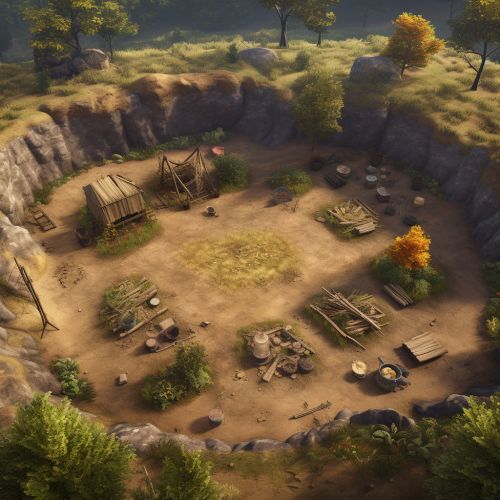Archaeological Science
Introduction
Archaeological science, also known as archaeometry, involves the application of scientific techniques and methodologies to archaeological exploration and analysis. This interdisciplinary field of study incorporates elements of chemistry, physics, biology, geology, computer science, and statistics to aid in the investigation and understanding of archaeological sites, artifacts, and biofacts.


History and Development
The origins of archaeological science can be traced back to the 19th century when scientists began applying chemical analysis techniques to archaeological materials. The term 'archaeometry' was first coined in 1958 by Dr. Edward Sayre at the Brookhaven National Laboratory in the United States. The field has since expanded and evolved, incorporating a wide range of scientific techniques and methodologies.
Techniques and Applications
Dating Techniques
One of the primary applications of archaeological science is the dating of artifacts and sites. Techniques such as radiocarbon dating, dendrochronology, and thermoluminescence dating are commonly used to determine the age of archaeological materials.
Material Analysis
Archaeological science also involves the analysis of materials to determine their composition, origin, and usage. Techniques such as x-ray fluorescence, mass spectrometry, and petrography are used to analyze a wide range of materials including metals, ceramics, and stone.
Environmental Archaeology
Environmental archaeology, a subfield of archaeological science, involves the study of the relationship between ancient societies and their environments. Techniques used in this field include palynology, zooarchaeology, and geoarchaeology.
Remote Sensing and Geophysical Techniques
Remote sensing techniques such as LiDAR, ground penetrating radar, and aerial photography are used in archaeological science to detect and map archaeological sites. Geophysical techniques such as magnetometry and electrical resistivity tomography are also used to investigate subsurface archaeological features.
Challenges and Criticisms
Despite its many contributions to archaeology, archaeological science has faced several challenges and criticisms. These include issues related to the accuracy and reliability of scientific techniques, the interpretation of scientific data, and the integration of scientific methods with traditional archaeological approaches.
Future Directions
The future of archaeological science is likely to be shaped by advances in technology and the increasing integration of scientific techniques into archaeological research. Areas of potential growth and development include the use of artificial intelligence in archaeological data analysis, the development of new dating techniques, and the application of genomics to the study of ancient DNA.
